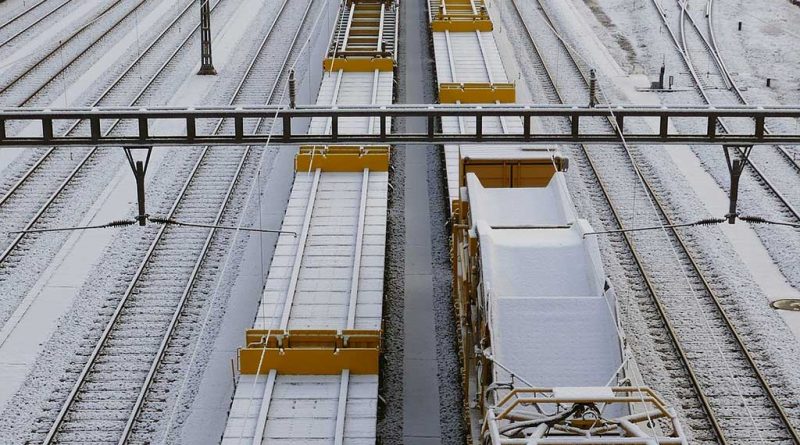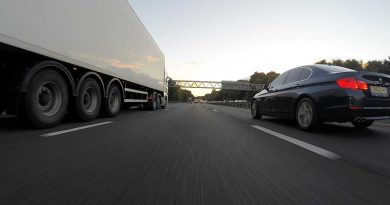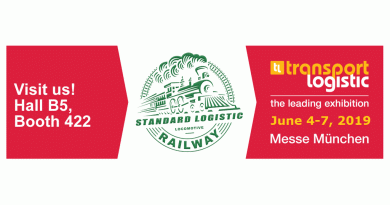EU’s mobility strategy: ‘rail freight traffic will double by 2050’
The European Commission announced its ‘sustainable and smart mobility strategy’ and ‘action plan’ with regards to the transformation of European transportation. Objectives concern the doubling of rail freight traffic by 2050, and the doubling of high-speed rail traffic by 2030. Additionally, there is much focus turned towards the TEN-T network and ERTMS. The rail sector welcomed the initiatives and shared some extra insights.
The action plan aims to reduce carbon emissions by 90 per cent until 2050 and create a smart, competitive, sustainable, and safe transportation system in Europe. As the Commissioner for Transport, Adina Valean mentioned: “Transport matters to us all because it is the backbone that connects European citizens and businesses. We shouldn’t lose time in getting fit for the future and unfold the potential to revolutionise the way we move, making our mobility smarter, more efficient, and also greener”.
Green objectives
Measures concern all modes of transport and aim to decarbonise and digitise their operations. However, rail seems to have a slightly more pivotal role both in passenger and freight transport. Besides, rail is already considered to be the greenest traffic form. Paying more attention to it and providing the right resources could help in its development and further deployment instead of other less environmentally friendly modes.
Among the rail-related objectives, one can find the doubling of high-speed rail traffic across Europe by 2030. High-speed rail traffic could positively impact interurban and urban mobility and contribute to the improvement of living conditions. Moreover, by 2050 rail freight traffic will double. This shift will take place with the aim of making freight transportation greener in general. As a result, the doubling of rail traffic will respectively mean that a large proportion of truck-transported volumes will move on trains. Such development works in accordance with the European Green Deal on which the rail sector has invested a lot.
TEN-T
Furthermore, attention will also be turned towards the TEN-T corridors network and the revision of its regulations. Specifically, the TEN-T and Rail Freight Corridors regulations will get addressed together, in an attempt to get integrated into a single ‘European Transport Corridors’ system. Such a move is quite progressive because it will increase efficiency and resolve issues that relate to train lengths, loading gauge and operational rules.
Source: railfreight.com





